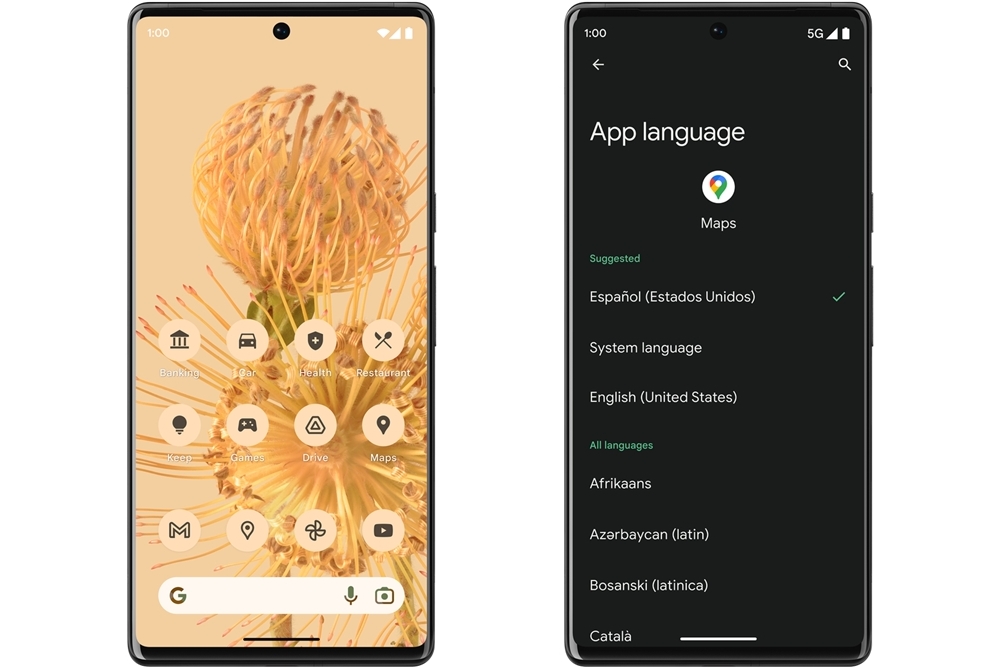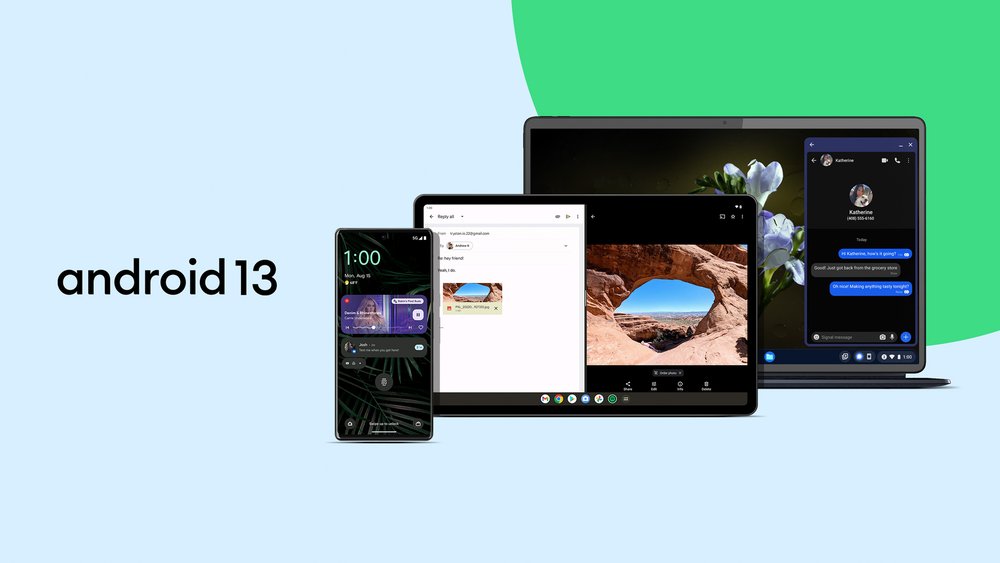Some of these new features include the ability to customise non-Google apps to fit your phone’s wallpaper themes and colours. In the same vein, Android 13 also comes with an updated media player that “tailors its look and feel based on the music or podcast you’re listening to”. Which sounds more impressive than it really is, but it at least livens up an otherwise static element of the operating system. More on personalisation and customisation, Android 13 will allow users to change the default language of individual apps. Which is an odd feature to have, even for multilinguals. Unless for example you use a different messaging app for a community which speaks a specific language and a different one for another community, or some other hyperspecific use case like that. Last on the personalisation list is the ability to customise Bedtime mode with wallpaper dimming and dark theme. On the security side of things, one of the highlights of Android 13 is to limit the files in your media library that apps can get access to. This is opposed to the current norm, where granting access to an app to upload a single image means letting the app see everything you have saved on the phone. The new mobile OS will also periodically clear your clipboard history if it detects you copying sensitive information like your email address. And finally, Android 13 will give you better control of notifications that apps can send you. With the new mobile OS, apps you download will need your permission to send you notifications first, rather than being allowed to send them by default. For tablets, Android 13 improves on detecting palm and stylus pen inputs as separate, preventing misinputs when writing or drawing with a stylus. An improved taskbar also makes it easier to select apps to run on split-screen mode for easier multitasking. And finally, for improved interoperability between phone and tablet, copying a link, image, text or video from one device will allow you to paste it on the other. The miscellaneous list of additions to Android 13 are also pretty significant, as this includes the likes of Bluetooth Low Energy Audio and Spatial Audio support, HDR video support on third-party camera apps, Braille displays for Talkback. If you’re among the few who own a Pixel 6, 6 Pro or 6a, it’s probably important to note that the Android 13 update also comes with a “bootloader update that increments the anti-roll back version”. Which is a very technical way of saying that, once you update to Android 13, you can’t go back to Android 12. (Source: Google [1], [2])

